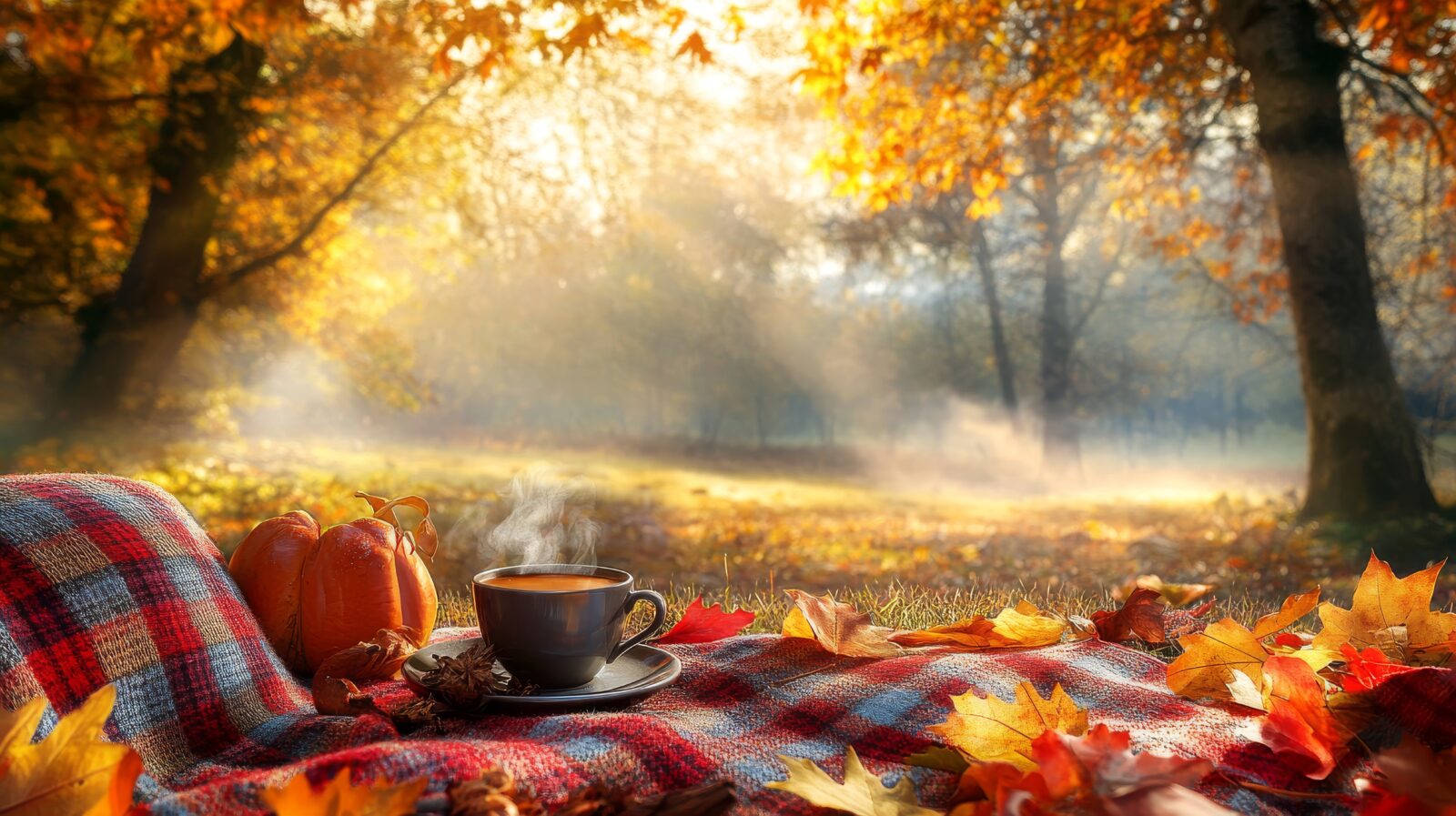Finding Balance in a Cup: Teas for the Equinox Season
ICYMI—the autumnal equinox landed on Monday. On that patch of sun and rain, the pause before Tuesday’s clouds and chill, the day’s 24 hours arrived divided equally between light and darkness. The word equinox comes from two Latin words: aequus (equal) and nox (night). This perfectly balanced day marks the official beginning of fall.
From the autumnal equinox until the winter solstice on December 21, each day offers incrementally less light. By the time of the solstice, it’ll feel like evening by around 4:30 p.m.
The spring and autumnal equinoxes represent meaningful celestial events, something beyond culture, religion, nationality and the rest of it. And humans have noted the pivot for millennia—Stonehenge in the U.K. and the Temple of Kukulcán at Chichén Itzá in Mexico are among the famous monuments that align with equinoxes.
From ancient sky-watchers to today’s tea drinkers, the equinox reminds us that balance never goes out of style.
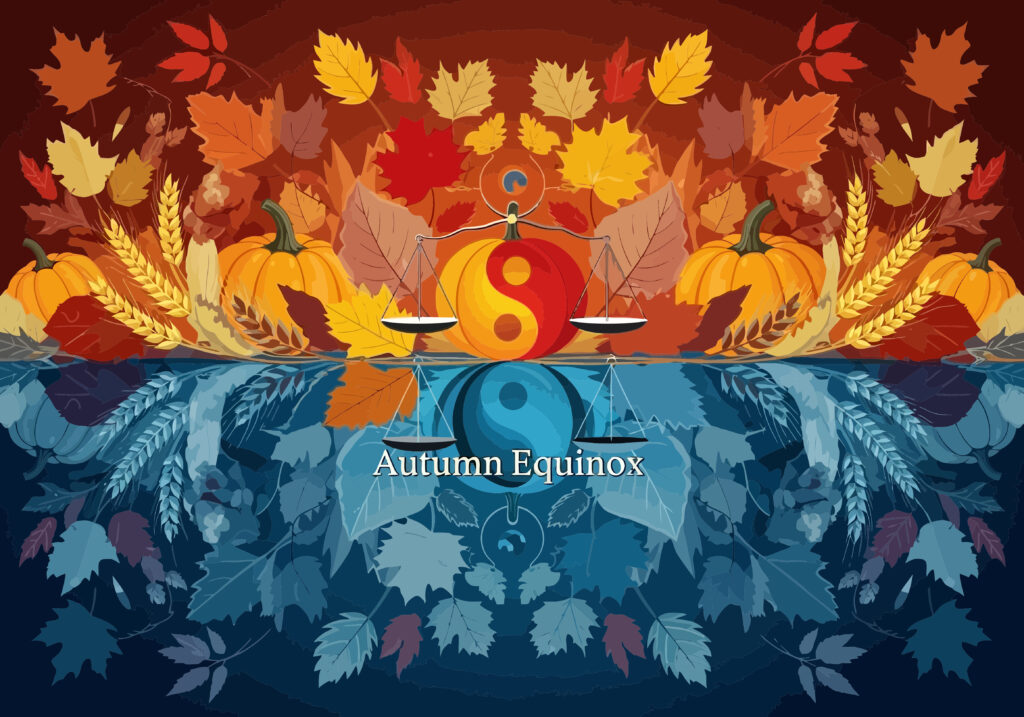
Given that equinoxes embody balance, let’s discuss how different teas can help nurture balance in life.
Like most agriculture products with passionate evangelizers, the best teas broadcast balance. It’s balance, we think, that yields the world’s finest wines, grandest cheeses and most wonderful culinary dishes. The point most certainly applies to tea, which often contains bitter, herbal, floral, sweet and other qualities—all from one brewed tea. And when the different flavor components dwell in harmony, the tea tends to attract plaudits and loyal followings. Thank you, balance!
With this consequential celestial shift now just a few days old, let’s revisit balance in our lives, and brew and sip teas characterized by balance. Not only will they taste sublime—they will help bring about equilibrium in your lives.
Balance Teas: Tie Guan Yin Oolong
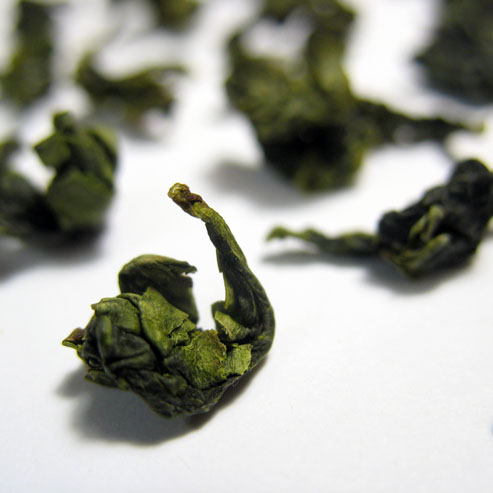
Ah, the classic, China’s famous “Iron Goddess of Mercy” tea, called Tie Guan Yin. This powerhouse of an oolong, from China’s tea-producing dynamo Fujian Province, captures balance like few others. It’s a straight Camellia sinensis, not a blend, so there’s no opportunity for tea artisans to add different ingredients for the sake of balance. No, this one stands on its own. With a floral fragrance, bright taste and smooth finish, the tea’s popularity should surprise no one. In addition, each sip contributes a lingering sweetness to the drinking experience, even though the leaf itself contains no sugars. Glorious! And gloriously balanced, too.
Pro tip: Follow the lead of so many Chinese people, and infuse the tea leaves repeatedly. With each brew, the liquor tastes slightly different. Give it a shot!
Balance Teas: Dark Chocolate Puerh
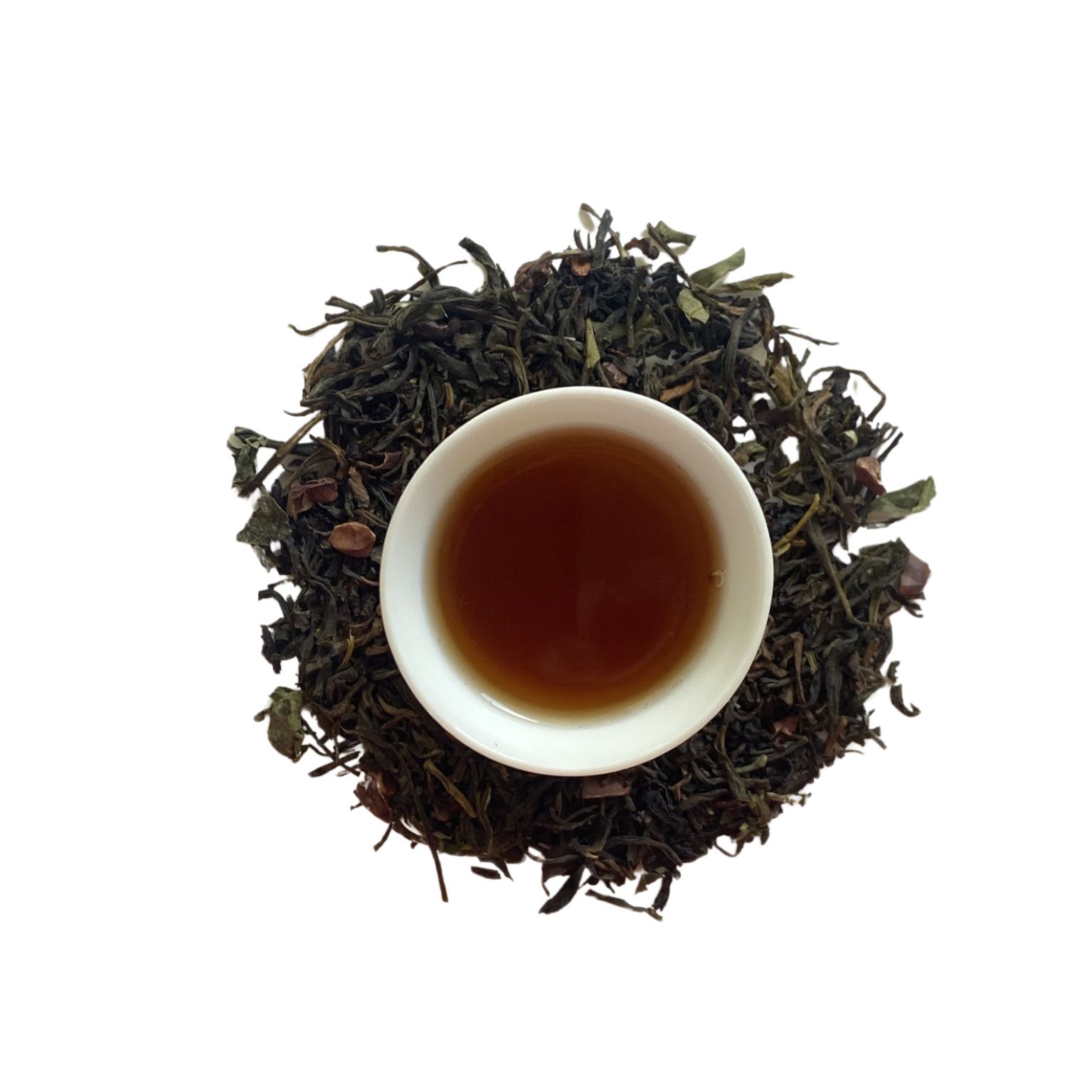
We all encounter, every day, the places where balance and food intersect. Too much jelly on that PB&J? The balance nosedives—too sweet, too fruity. Whiff the balance between sour and sweet on a cocktail or dessert, and the creation either puckers mouths or causes teeth to hurt.
One classic culinary see-saw—chocolate and vanilla. The combination serves as the foundation of so many desserts. The cakes, drinks, ice cream creations and pastries, however, don’t always sing. Often, that’s because the person crafting the food failed to find harmony between these two highly distinct flavors.
Well, we achieved culinary equilibrium in our Dark Chocolate Puerh. A rich blend of puerh (China’s famous fermented tea – delicious, and helpful for digestion!), black tea, cacao nibs, rice herbs (traditional Chinese herbs that offer rice notes) and vanilla. This wonder of a tea is warm and soothing, yet gently energizing and mentally stimulating. Cacao and puerh have been consumed for thousands of years (mostly from opposite sides of the globe) to help ripen feelings of groundedness and lifted spirits.
Get your balance on, with this gem!
Balance Teas: London Fog
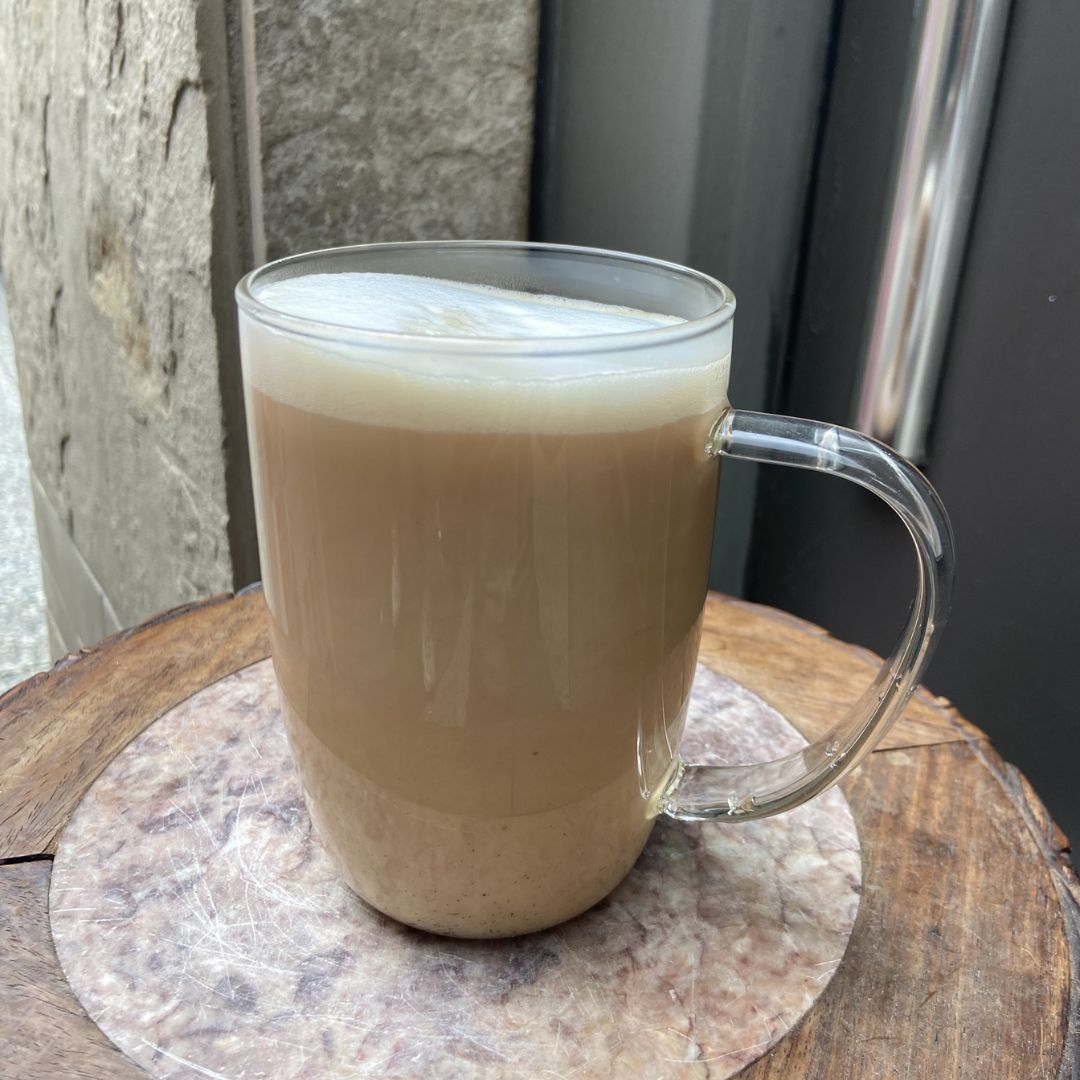
Here’s another balancing powerhouse, a blend of black tea, lavender and calendula. Black tea always broadcasts bitter notes—it’s the nature of Camellia sinensis. Of course, good black tea broadcasts far more than bitter, but either way it’s always part of the mix. Meanwhile, with its intoxicating perfume and soothing flavor, lavender comes across as more blanket than bitter—a comforting pillow to many recipes (as long as the lavender is a minor player, otherwise it tastes like soap). And then comes calendula. The flower comes across as mildly peppery and tangy, with sweet notes and an herbal taste similar to saffron.
This trio of ingredients—so simple—yield something extraordinary when blended in balanced proportions.

